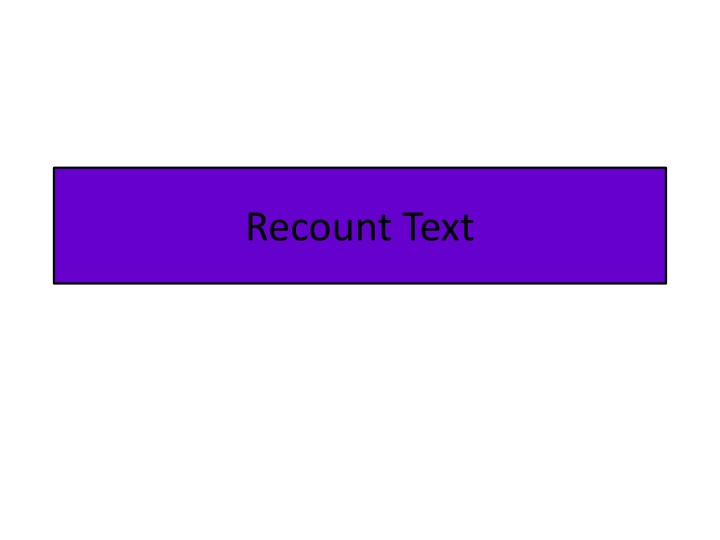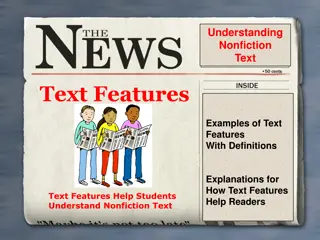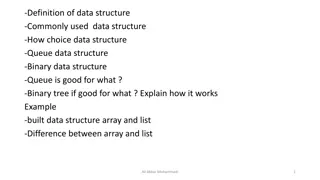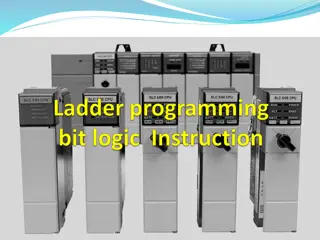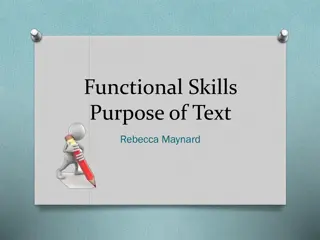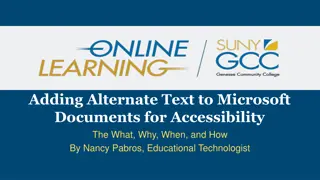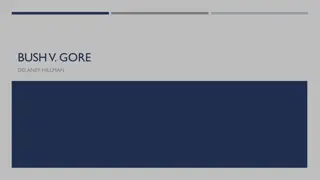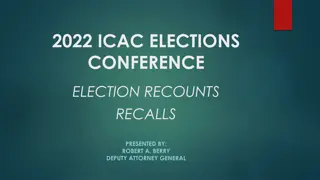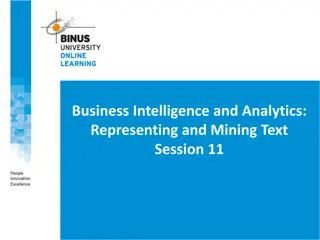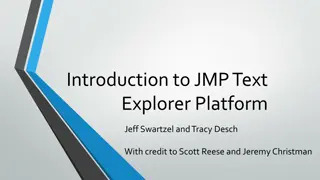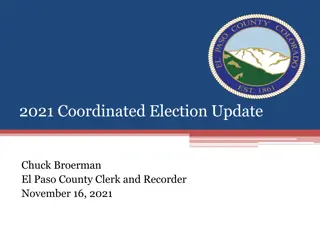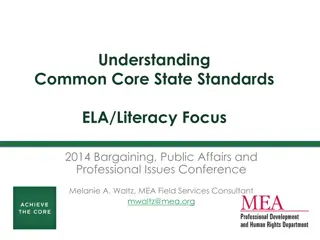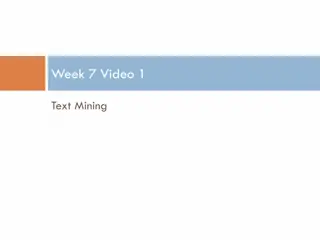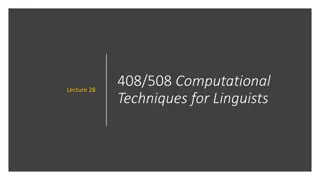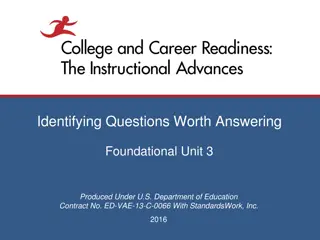Recount Text Structures and Features
Recount text is used to retell events in chronological order and describe what happened. It can include various text types like letters, diaries, newspaper articles, biographies, and more. Different structures such as factual recount, historical recount, and personal recount provide a framework for organizing events and evaluating their significance. Language features like past tense, time connectives, and named entities enhance the recount writing.
Download Presentation

Please find below an Image/Link to download the presentation.
The content on the website is provided AS IS for your information and personal use only. It may not be sold, licensed, or shared on other websites without obtaining consent from the author.If you encounter any issues during the download, it is possible that the publisher has removed the file from their server.
You are allowed to download the files provided on this website for personal or commercial use, subject to the condition that they are used lawfully. All files are the property of their respective owners.
The content on the website is provided AS IS for your information and personal use only. It may not be sold, licensed, or shared on other websites without obtaining consent from the author.
E N D
Presentation Transcript
What is recount? We use recount writing to retell events and describe things that have happened. Lots of different types of text can recount events and describe things that have happened. Some of these include letter, diary, newspaper article, biography, sports report, trip report, and magazine article.
Recount text * retells events * in time order (chronological)
Recount organisation events in time order what happened in the end? when? where? conclusion introduction why was it significant? neat last line who? what? When you have made your time-line skeleton, use another colour to chop it into paragraphs.
Factual Recount structure Orientation sets a context for understanding the events that follow; provides background information about who, where, when etc. Record of events recounted in chronological order. Re-orientation (for factual recount) rounds off the sequence of events usually by resetting events in time Or Judgement/significance (for autobiographical and biographical recount) evaluates the significance of the person
Historical Recount Structure Background sets a context for understanding the events that follow; provides background information about who, where, when, including events leading up to the significant event Record of Events recounted in chronological order and may include some account of causes and consequences of events. Evaluation resets events in time and evaluates their significance.
Personal Recount Structure Orientation provides the reader with background information needed to understand the text. e.g. who, when, where Sequence of events series of events typically ordered in chronological order. In this example it is appropriate to include personal comments and evaluative remarks throughout the text. Re-orientation A summary statement/an evaluative comment/a return to the starting point.
Recount language features * past tense Then * named people, places, things Meanwhile Several weeks later * first or third person Within hours * time connectives Look out also for conjunctions like when, while, as, after.
MY LIFE SO FAR with my mum and my little brother Baz. This is the story of my life so far. I was born at St Mary s Hospital on 19th December, 1997. I was a good baby and I did not keep Mum awake at night. When I was 3, Baz was born. He was not a good baby! He cried all the time and kept us all awake. Not long after Baz was born, I started at playgroup and met my best friend Hannah. We had lots of fun playing in the house and dressing up. At the age of 4, I had chicken pox. It made me very itchy and Mum dabbed my spots with pink medicine. Soon after that, I started school. Hannah and I were in Mrs Robinson s class. It was fun because we played all day. Next we went into Mrs Bennett s class. That was when I learned to read and write. Mrs Bennett read us lots of stories. Last September I moved up into Mr Long s class, and now I am learning my times tables My name is Jessica Martin and I am six years old. I live in York Skeleton
Recount organisation name age Y1 Mrs Bennett Baz born born chicken pox 1 2 3 4 5 6 introduction St Mary s Hospital started playgroup met Hannah Y2 Mr Long family where she was started school Mrs Robinson Text
Generic Structure Orientation (par. 1): provides the reader about who retells the story (Jessica Martin and her family), where they live (New York), and what (Jessica s life) Events: par. 2 where and when Jessica was born when Baz was born par. 3 Jessica started playgroup met Hannah had chicken pox at the age of 4 par. 4 Jessica started school Mrs. Robinson s class: played all day Mrs. Bennett s class: learned to write and read Reorientation (par. 5): Jessica moved up to Mr Long s class
Linguistic features Past tense: par. 2: was born, did not keep, cried, kept par. 3: started, had, made, dabbed par. 4: were, played, went, learned, read Focus on specific participant: Jessica, Baz, Hannah Temporal conjunction: when, after, soon after, next, now Action verbs: cried, dabbed, moved
